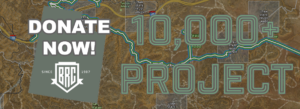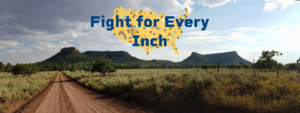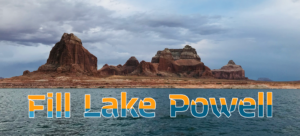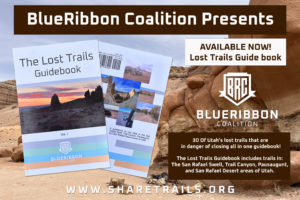Due to a settlement agreement in 2010 the Bureau of Land Management is updating the Lakeview Resource Management plan that manages 3.2 million acres of land in south central Oregon. This area is known for the Christmas Valley sand dunes that are already designated as an Wilderness Study Area (WSA) and include other heavy restrictions to off-roading. The lawsuit that brought the settlement agreement was primarily looking to restrict off-highway vehicle use and grazing within this district. Use the form below to let the BLM know that they cannot close routes to create defacto wilderness and they are required to manage the land for multiple use. If you have on the ground knowledge of areas you ride and access in, please include that in your comment. Comments are accepted through September 5, 2024.
The settlement agreement that prevents the BLM from shrinking or removing areas with wilderness characteristics as you will see in the lower, middle map. However, the RMP explores various management practices for these units of land identified throughout the various alternatives.
Oregon Natural Desert Association, the Committee for the High Desert, Western Watersheds Project, the Oregon Natural Resources Council Fund, and Northwest Environmental Defense Center sued over the Lakeview Resource Management Plan claiming they did not close enough land to ORV (off-road vehicle) use. The BLM is required to create amendments to the resource management plan to consider wilderness characteristics, ORV use and grazing. The settlement between these organizations and the BLM states the BLM has to consider lands with wilderness characteristics which are defined as:
- 5,000 acres with no roads
- naturalness
- outstanding opportunities for solitude or primitive types of recreation.
There are a lot of maps and this could get confusing. Slide 1 below indicates in bright pink lands currently managed for wilderness characteristics. Slide 3, shows the lands identified for wilderness characteristics. Alternatives B, C, D, and E that you will find in the maps below depict management categories A, B and C.
Category A (orange): lands the BLM would manage multiple uses over lands with wilderness characteristics.
Category B (purple): lands the BLM would balance with wilderness characteristics and multiple uses.
Category C (bright green): lands the BLM would prioritize management for wilderness characteristics over multiple uses.
Category C lands will most greatly hurt OHV use and often times don’t actually comply with wilderness designation criteria. Alternative D is clearly the best option as it allows the BLM to follow it’s mandate to manage these public lands for multiple use. It also does not create Category C lands (green) that will restrict OHV and ORV use by designation. According to the Federal Land Management Policy Act (FLPMA), Wilderness Study Areas that are being proposed in Alternative B can only be designated if they are, “roadless areas of five thousand acres or more and roadless islands of the public lands”. Meaning, if there are roads within these blue portions of lands that disqualifies them from being designated.
Note: Featured Image By Brian W. Schaller – Own work, FAL, https://commons.wikimedia.org/w/index.php?curid=56253989












